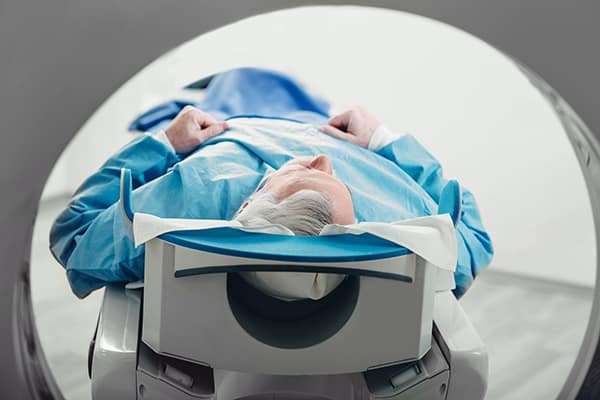
“A horrible term.” That is how Belgian neurologist Steven Laureys characterizes the phrase “vegetative state”, often used by the general public, and many clinicians, to describe coma survivors who have woken from a coma but remain in an unresponsive wakeful state.[1] Recently Dr. Laureys, along with his coma science group at Liège University hospital were awarded a €1M grant—larger than the Nobel Peace Prize—to develop technology and methodology to better understand this patient population.[2]
This is a tremendously important issue. Families of coma survivors want to know, “Can she hear me?” or “Is he in pain?” But more broadly, Dr. Laureys is taking aim at a unique challenge within the brain injury community; namely, diagnosing hope in patients who have prolonged disorders of consciousness. In some instances, little more can be done, and patient families must make difficult end-of-life decisions. But other times the situation can be the opposite, and patients do wake from comas and enter a higher mental state. One example is champion cyclist, Stig Broeckx—who doctors declared, “in a vegetative state” before Laureys and his team effectively brought him back to life with intensive treatment. Or it could be another condition altogether, like “locked-in” syndrome, where the patient has a functional brain, but lacks the ability to speak or move.
Laureys explained, “[i]t is a silent epidemic: there are hundreds of patients, sometimes in terrible conditions in nursing homes,” as well as “young patients with traumatic brain injury [who] did not receive the proper chance.” In many of these cases, the brain could conceivably heal with the right care. “There is a fear to give false hope, but in reality there is also the risk of false despair.”
Using MRI and PET scanners, Laureys’ Liège team have sought more precise information about the consciousness of coma survivors. Radioactive glucose, injected into a patient’s veins and then consumed by the brain, helps the scanners reveal activity. The objective is to better understand and document who will recover, and who will not.
Preliminary results are encouraging, not just from the perspective of medicine, but also legal advocacy for this patient population. One of the most difficult things about representing a catastrophically injured person is forecasting their future—especially when there is a limited number of years to bring suit and prove the case. If, for example, there is no hope of recovery, future treatment and therapy would play less of a role in the case. The losses would more closely track those in a wrongful death case, including consortium, grief and the like. By contrast, if reliable, scientific evidence tends to show that the injured patient can probably make a recovery, all necessary treatments and therapies would be part of the legal claim. Stig Broechx, the cyclist mentioned above, provides a helpful example. When he awoke, after substantial treatment, he had to Google himself to find out who he was. He benefited from intensive physical and cognitive therapy. His recovery, which remains ongoing, is the product of proper diagnosis and medical intervention.
Another common difficulty for patient advocates is proving pain and suffering in an unresponsive patient. Washington law, like most states, ensures fair compensation for pain and suffering, as well as mental anguish and loss of enjoyment of life. In the case of an unresponsive client—or even a client who was unresponsive for a period before death—however, it can be challenging to prove these elements medically. Insurance companies may emphasize “the lack of evidence” regarding the injured person’s state of mind, concluding incorrectly that there must not be any pain or anguish.
The scientific advances contemplated in Dr. Laureys’ work will hopefully become a valuable tool in painting a more complete picture in these legal cases. Judges and juries will hopefully learn, through innovative use of MRI’s or PET scanners, when a patient is in pain, “locked-in,” or otherwise. It has been said that trials are a “search for the truth,” and this may ultimately be a step forward in that regard. As attorneys who help patients with all forms of traumatic brain injuries (TBIs), we are encouraged and excited by the future potential for this research.
[1] i.e., people who are unconscious, but show signs of being awake, like opening their eyes or moving.
[2] https://amp-theguardian-com.cdn.ampproject.org/c/s/amp.theguardian.com/science/2020/jan/19/belgian-neurologist-wins-1m-prize-for-work-on-serious-brain-trauma
